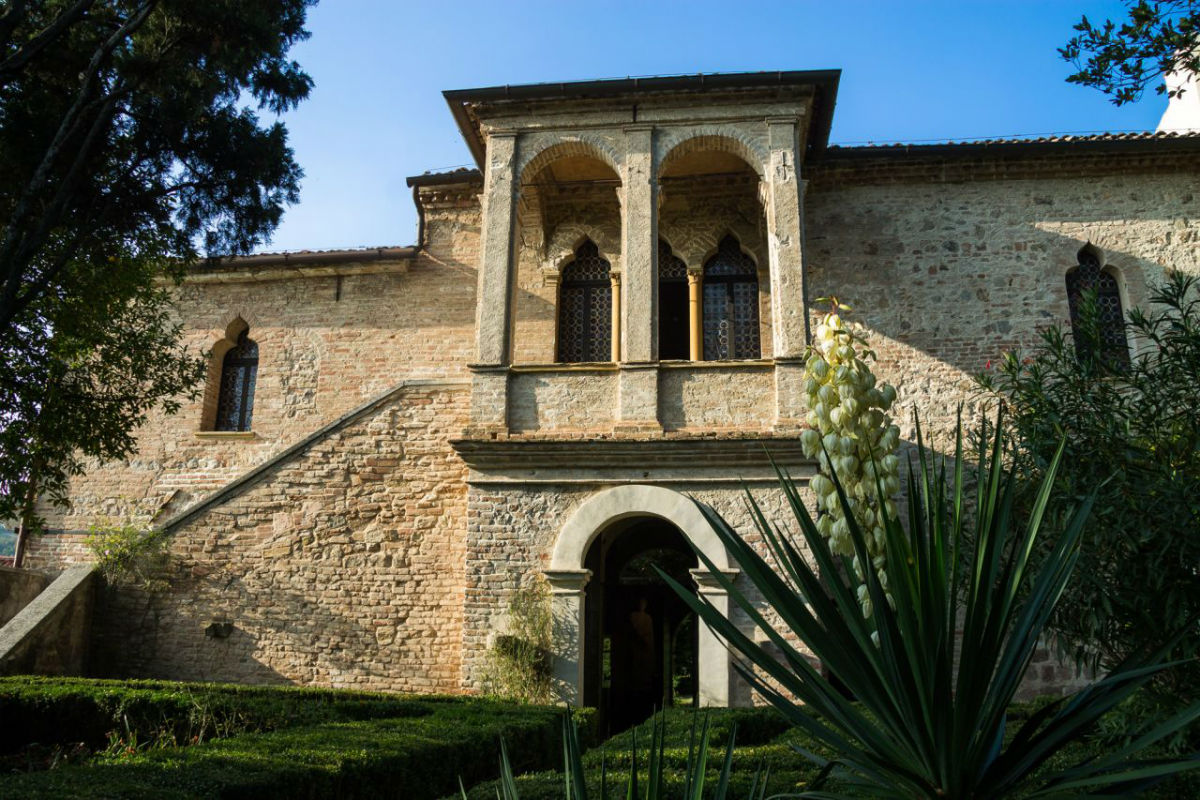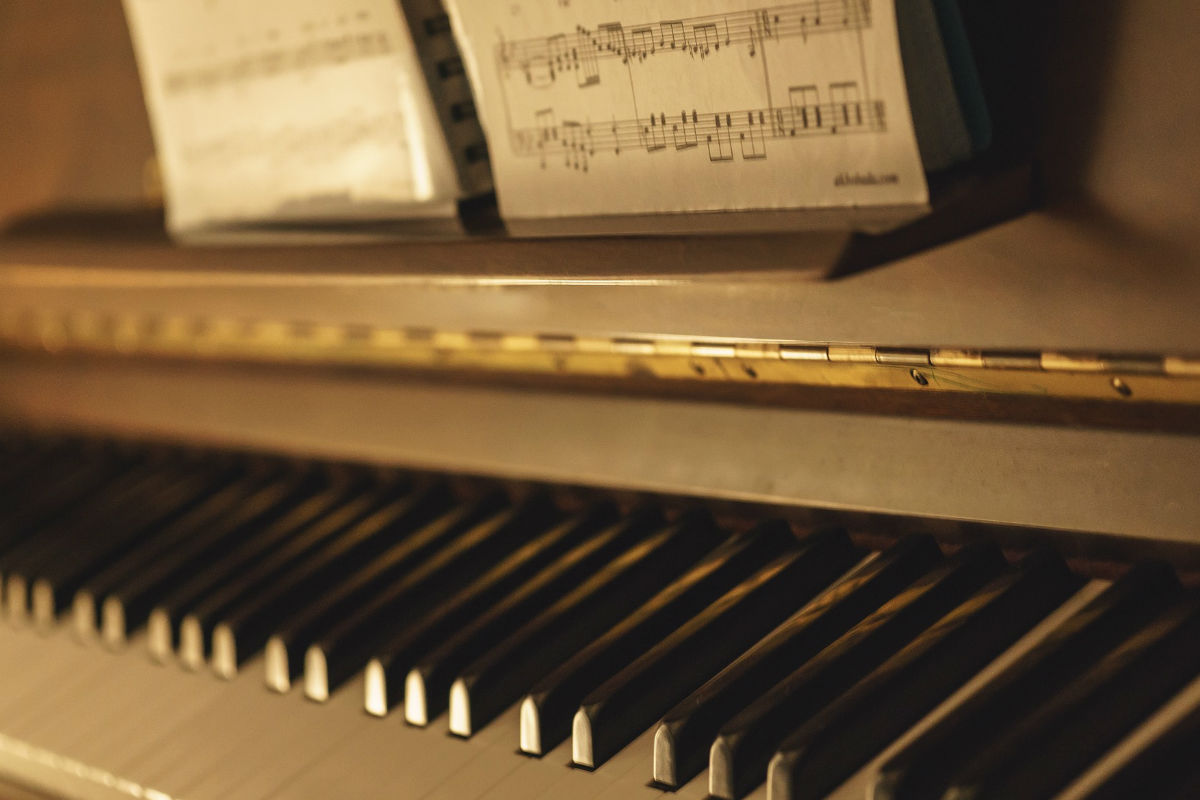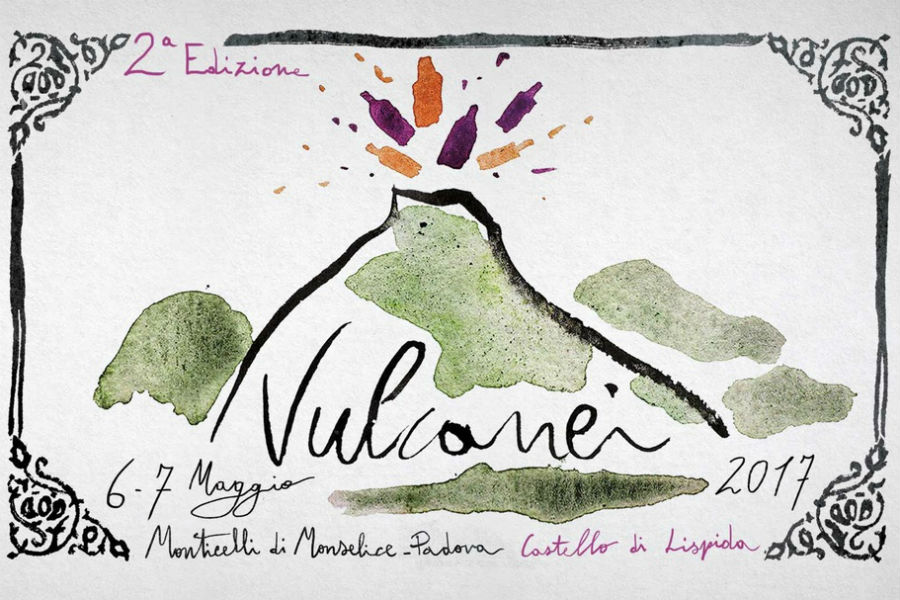
The 14th-century hamlet of Arquà Petrarca, the authentic pearl of the Euganean Hills, is placed second in the national ranking “The most beautiful village in Italy“: this is the result of the competition “The village of the villages” launched by the “Kilimangiaro” aired on Rai3.
The competition, promoted by the national association “The most beautiful villages of Italy“, has come to its fourth edition and has the primary aim of spreading the culture of the territory and enhancing the small centers by making known the hidden treasures and spreading the excellence, peculiarity, traditions and landscapes that the whole world envies us.
The year of the villages
The winner of the competition was Friuli’s village of Venzone, but the visibility received from the national network has benefited all the villages involved in the contest, already recording a peak of visits to small centers in the Easter period, setting high hopes for the tourist season that is opening up.
It is also significant that this recognition comes this year, stated by the MIBACT as the “Year of the Villages“, confirming a renewed commitment to promoting Italian historical and environmental heritage in order to be internationally competitive also through experiential tourism that puts traditions, typical products and quality of life at the center. In this regard, it has been created a web portal that collects 1000 Italian villages, spread across 18 regions. Places, paths, cultures and events to create a virtuous collaboration network between small entities that in this way ensure mutual visibility.
Arquà is included among the 16 Venetian villages representing the region within the project and has received the Touring Club Orange Flag.
Discovering the hamlet
The name Arquà from the thirteenth century is definitely linked to that of Francesco Petrarca. The village between the hills was the place Petrarch himself chose to build a modest home, where he spent the last years of his life in peace. The home and the surrounding natural environment, which have remained virtually intact since the Poet’s times, have attracted thousands of visitors over the centuries. The recent interventions, whose efforts have been aimed at preserving and enhancing the historic and natural heritage, have allowed them to receive such awards as those mentioned above.
The village is also easily reachable from our hotel, which is less than 20km away. It can be reached by car or by a few hours hike on the bike, through different itineraries. In any case, the trail is rich in landscaping and tourist attractions, which deserve more than a few stops.
From the hotel you can easily reach the neighboring Montegrotto Terme, where we recommend admiring the Roman excavations located in the large plot of land between the avenue of the Terme and Via degli Scavi. In the area are visible the remains of an imposing spa building dating back to the Augustean age (1st and 2nd century AD) consisting of three large swimming pools connected to each other by an articulated drainage system, thermal baths and other functional buildings to the reception of those who used the spas. Covered walkways, dressing rooms, rest areas can be recognized, and even a small theater that complemented the entertainment facilities of the large spa complex.
Continuing the itinerary towards Battaglia Terme you will find the splendid Catajo Castle, an elegant manor built by the Obizzi family in the sixteenth century, halfway between the militar castle and the princely villa. Noteworthy are the interior frescoes by Gian Battista Zelotti, a disciple of Veronese, as well as the large surrounding park. Overcome by Battaglia Terme, with its historic center characterized by the special arrangement of the houses and a curious Venetian-inspired bridge, the Villa Selvatico-Sartori and the beautiful Villa Emo-Capodilista, the work of Vincenzo Scamozzi.
The walled city of Monselice is close by. Its historic center deserves a visit, an authentic casket of art, history, archeology and nature. Then you take a beautiful and scenic road and finally arrive at Arquà Petrarca, which welcomes you on the square in front of the parish church of Santa Maria Assunta where the monumental tomb of the poet is preserved.











